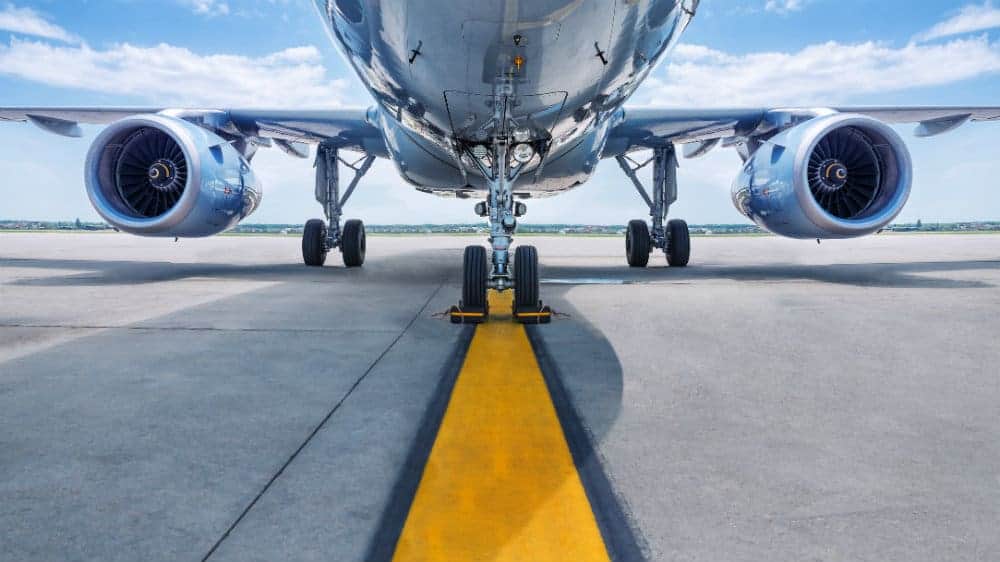Yesterday, Air Canada (TSX:AC) announced that it was cutting 30 regional routes due to low demand for business and leisure travel. The news broke after a brutal first quarter that saw the company lose $1.05 billion — including $688 million in March alone.
In a recent interview, an Air Canada insider told the CBC that the company was losing $20 million a day in the second quarter. That would imply a $1.82 billion loss for the quarter — far exceeding Q1.
That forecast may sound dire, but it’s most likely correct. If you multiply Air Canada’s March loss by three months, you end up with $-2 billion. March was the first month with truly widespread lockdowns, making it more comparable to Q2 than the months that preceded it. If that thinking holds, then a $1.8 billion loss for Air Canada in Q2 is actually an optimistic forecast. $2 billion seems more likely. Not only that, but the company is forecasting that it will take a full three years for revenue to climb back to 2019 levels.
It’s not a pretty picture and could get much worse.
Major financial problems
Air Canada’s financial problems originate with the fact that it cannot cover recurring costs from the revenue it’s bringing in. Even when planes aren’t flying, airlines have considerable expenses: plane maintenance, pension liabilities, interest, etc. These costs come in every month whether the airline is operational or not.
Additionally, Air Canada has been running some flights — at diminished capacity. To comply with social-distancing rules, it and other airlines have been operating flights without the middle seat. That helps them keep flying but reduces revenue.
The airline industry had lobbied the government hard to let them sell middle seats again. Eventually they got what they wanted, but there are reports of travelers cancelling flights due to the safety risk. This may have contributed to the 30 regional routes being suspended.
Passengers not willing to fly
The fact that Air Canada is cancelling 30 routes isn’t necessarily bad news. If the airline saves money by doing so, that will stem the cash bleed.
However, the reason cited for the cancellation gives pause. When Air Canada announced it was canceling the routes, it said it was doing so because of low customer demand. This indicates that passengers are still wary of flying, which in turn indicates that travel levels may not pick up, even when lockdown measures are relaxed. This corroborates what Warren Buffett said when he sold all of his airline stocks; namely, that airline revenues could stay depressed due to lower travel volumes.
Bailout incoming?
When we look at the amount of money Air Canada is losing, it’s natural to wonder whether it will need a bailout. The company has already said that the federal government’s bridge loan program would only cover it for four or five days, so that clearly won’t suffice. If current trends continue, the company may need more substantial federal money.
Indeed, Air Canada has already sought financial help, raising $1.6 billion in debt and equity last month. That will help the company out, but the amount is less than what the company is likely to lose in Q2. Most likely, more funds will be needed. As for whether the federal government will step in to save Air Canada, that remains to be seen. One thing is certain: if that does happen, the company’s balance sheet will be more leveraged than ever before.









